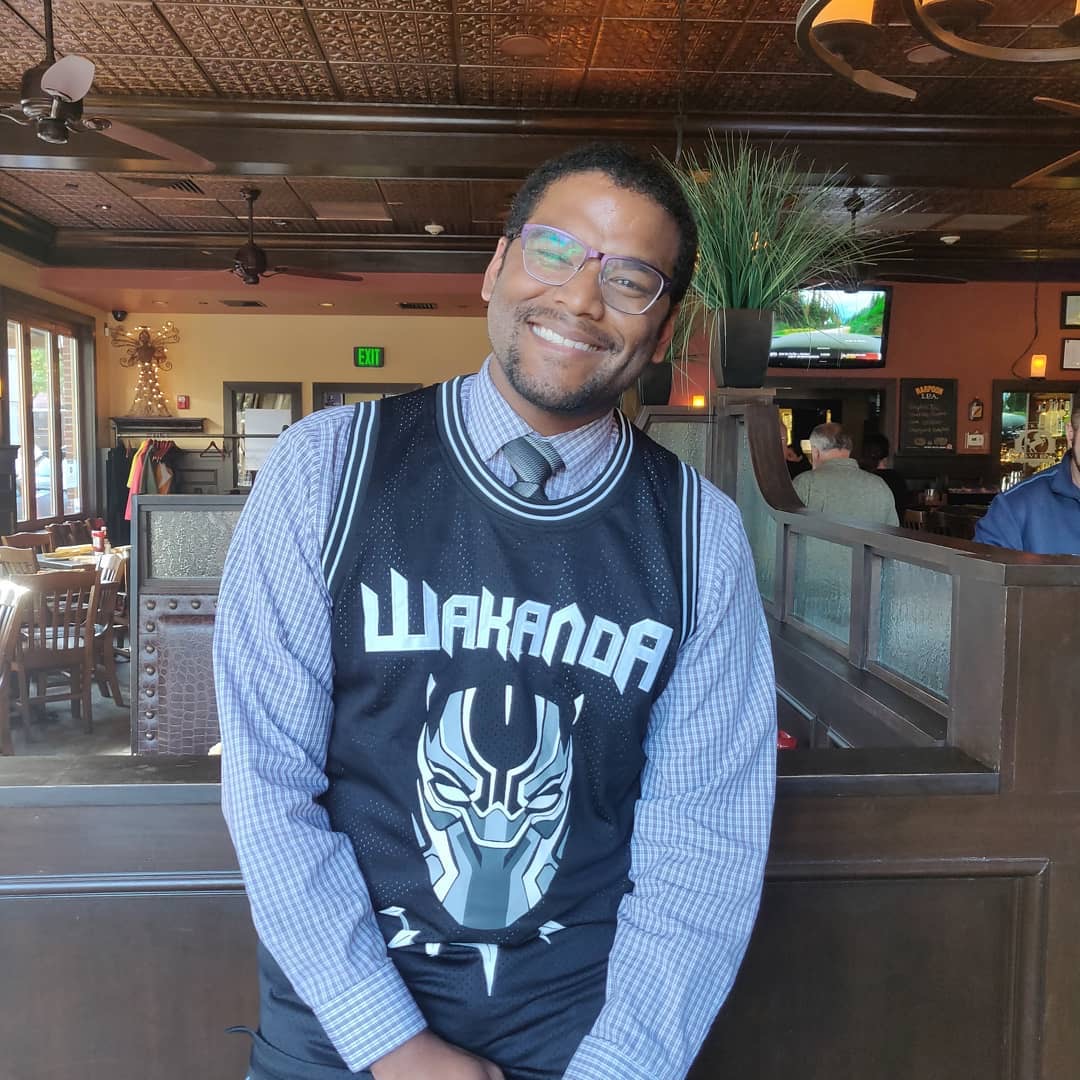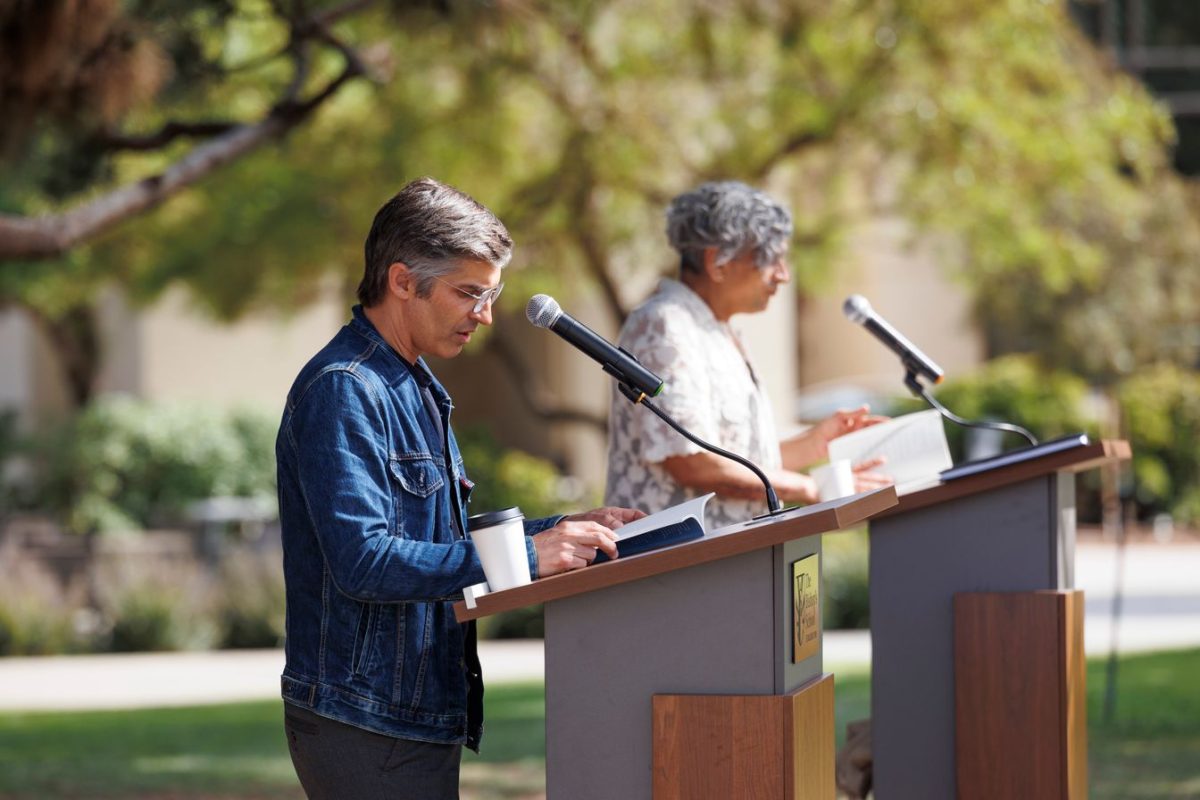“There are good sides and bad sides,” Serena Zhang (‘24) said about the two main pathways students take to matriculate into colleges and universities: committing to a school for athletics or the regular application process. Bishop’s students who went through these processes share their experiences, shedding light on the unique challenges and benefits of each path.
According to Director of College Counseling Ms. Wendy Chang, committing to college for sports starts prior to regular decision — usually the second half of junior year but sometimes earlier.
For example, Juliana “Jules” Mason (‘24), who committed to play volleyball at Le Moyne College, began her recruiting process in the beginning of 11th grade. Lily Gover (‘24), who is committed to play field hockey at Haverford College, began the recruiting process in the summer of sophomore year. Leila Feldman (‘24), who is also committed to play field hockey at Wesleyan University, started her process in late January of her sophomore year.
Lily emphasized that the recruiting process “was definitely lengthy and time consuming.” Leila noted that her entire process took a little over 18 months. This was in part due to the fact that she “wanted to play Division 3 (D3) in the NESCAC (New England Small College Athletic Conference), which can’t offer spots to athletes until July 1 of their senior year.”
Jules had wanted to play college volleyball since she was 11 years old, but she tore her ACL at the end of her junior year. “A lot of the opportunities went away because the schools could not hold up their recruiting process waiting for me to return,” she said. Jules persisted, made her way back onto the court, and found a program that “felt like home.”
Throughout this process, communicating with coaches and traveling — especially since field hockey is an East Coast-centric sport — is what took the most time for Lily. She had to balance her school work while flying to the East Coast for several weekends to attend “clinics, camps and visits.” She also spent a lot of time communicating with coaches over email and phone calls.
These types of sports showcases or recruiting camps allow athletes and coaches to get to know each other. Once athletes are settled with a college, they will send their transcripts and test scores (if they desire) and participate in a pre-read to ensure they are academically admissible.
Lily had to pass her pre-read in order to be offered a spot at Haverford because it is a D3 school. Leila also noted that for Wesleyan, her “academics [had] to be within range in order to get a spot.” After passing a pre-read, coaches can then offer official spots to athletes so they can apply early.
Another student, who The Tower granted anonymity to because they are committed to a Division 1 (D1) school, noted that they no longer have to “upkeep all A’s or B’s which is alleviating so much stress,” and “after committing [to] schools that are D1, they are typically more laid back with grades.”
Officially committing to a school marks the unofficial end of the recruitment process, which is when the normal college application process begins for many. This can be difficult for non-athletes. “If you are a recruited athlete, you are like ‘got my offer in July, I’m good,’ so it’s such an extreme,” Ms. Chang said.
This was the main benefit committed athletes agreed on. Lily noted that “applying with field hockey took the randomness out of the actual application process.” Leila said applying early enabled her to “enjoy my final high school season to the fullest.”
Another major benefit is athletes doing something they love. “I live, eat, breathe, sleep field hockey. Field hockey is my happy place,” Leila explained. So, she is grateful to be able to continue to play.
Additionally, a great benefit is that having a team to lean on can ease the college transition. Lily said, “you already basically have a friend group,” and Leila cheerfully added, “I have 26 built-in best friends.”
Overall, the recruitment process has its benefits and challenges. Each process differs from athlete to athlete and sport to sport. Lily said, “I am glad that I was able to relax this year and not have to write a ton of college apps,” but she “still had to have that experience, just in my junior year.” However, not every student felt this comfort, especially those who decided to partake in the normal college application process.
Ms. Chang described a typical application process beginning in junior year of high school. She said students “spend a lot of junior year and the summer researching schools, visiting, figuring out what kind of place they might want to apply.”
Raphael Delgado (‘24) started a bit earlier. He began researching in the middle of sophomore year and decided on a list by the end of junior year. His narrowing-down took quite a while.
Serena had a lot of difficulty figuring out what she wanted in a college. She noted that the entire process is “unexpectedly tiring” and “extensive.” She added that “there is a lot of research involved.” In the fall of senior year the narrowing down of the list begins. For some, this was difficult. Serena didn’t visit any East Coast colleges until the end of July, so she “didn’t have a very solid plan going into [the process], and it took [her] a long time to establish a list.”
Once students narrow down a list, Ms. Chang said that “the majority of our students will apply to some form of an early application,” and then begin to work on the regular decision schools. A common feeling among students is that they have been applying to college for their entire senior year, Ms. Chang shared. “It can feel like the process is constant: November 1st deadline, November 30th Universities of California deadline,” and January 1st deadline “it is just so drawn out all year,” she added.
Ms. Chang noted that as she guides juniors through course requests, she tells them, “in the fall the college application process will feel like another class…it’s essays, writing feedback, drafts, deadlines.”
Serena agreed. “I think when people say consider it a class, people should take that pretty seriously — there are a lot of emotional and personal aspects to the process that you invest a lot of time into,” she said. Writing supplemental essays alone can be an incredible weight added onto an already filled schedule.
Raphael took a month to write his first supplemental essay. Despite his essays taking a while, he thoroughly enjoyed the writing process because it is creative writing and he gets to “write about myself.” Overall, he felt that he “came out of [the application process] a much better writer” and had a better sense of self.
Joy Udinsky (‘24) noted that her planning was not the best. She “had to do everything while school was in session,” which meant going home doing all her homework, studying for my tests and then writing my college essays, which “would keep [her] up until midnight or 1:00 A.M.”
Raphael stated, “it is what it is,” on balancing school and writing essays. He said the process is going to take a lot of time, but for him it was “better than doing school work.” Raphael found that planning his writing schedule down to the day was helpful.
Serena dropped one of her classes in the first semester because she had not expected how taxing the process would be, and noted that during this extra period she “didn’t even work on the essays,” but she appreciated it because she “just didn’t want to be thinking about that in my day to day life.” Instead, she would focus on school or relaxing and then work on her applications towards the end of the week and on weekends.
Ms. Chang also pinpointed a challenge for Bishop’s students: comparison. She feels that “students think it’s admirable or cool to apply to a lot of schools that are hard to get into,” so “managing the emotional expectation of aiming for schools that your counselor says are going to be ‘Reach’ or hard to get into is a real challenge too.”
Emotionally, this process is destructive. Ms. Chang explained that often students “get really hopeful because you put in a ton of work and wrote all the essays.” Even if there is a particularly hard school, students will try to stay optimistic, which can be “hard at the end of the process when you can get a lot of mixed results because you have put in so much emotional and physical work for those applications.”
Serena put this feeling best: “If you think about all the time and effort people spend over the past few years, it is hard emotionally to shrink that down to a couple hundred words. I think everybody naturally gets very emotionally invested in it.” Joy agreed with this sentiment, and stated that she feels “like a lot of people think that the writing is the hard part but figuring out what to write about, how to answer a question is truly an art.”
Serena also added that the waiting aspect is emotionally draining. “For athletics you have that comfort through senior year, but for a lot of people [the application process] goes through senior year before you can settle down,” she said.
Both processes have their ups and downs, you just have to put it into perspective. Whether it is the hours upon hours athletes have put into perfecting their sport or dealing with writing workload and emotional demands of mixed results from schools, they are “equally rigorous,” Jules noted. Leila added that if “you think about how challenging so many schools across the country are to get into,it puts into perspective how hard it is to get into a school you want — either as an athlete or a student.”








